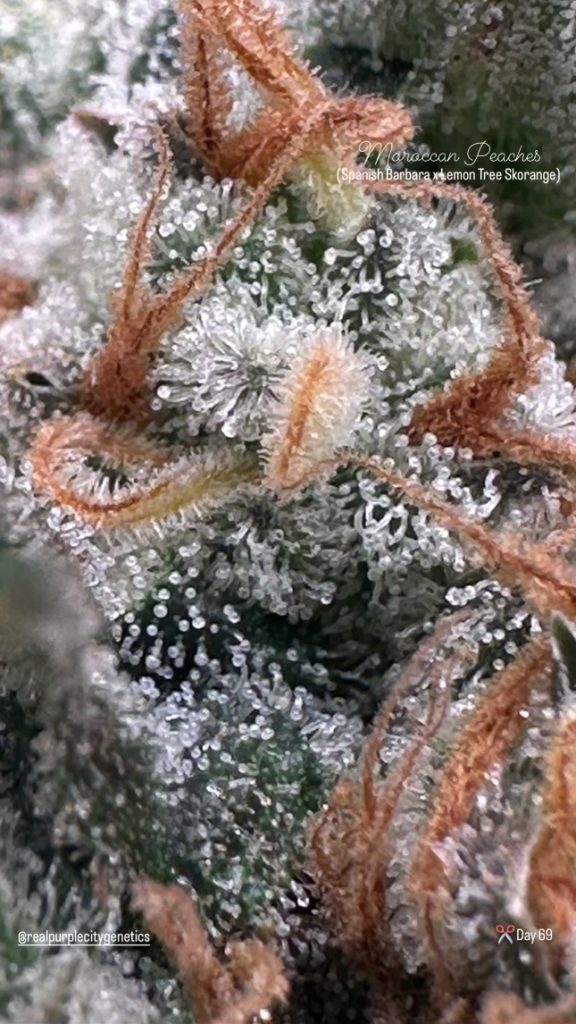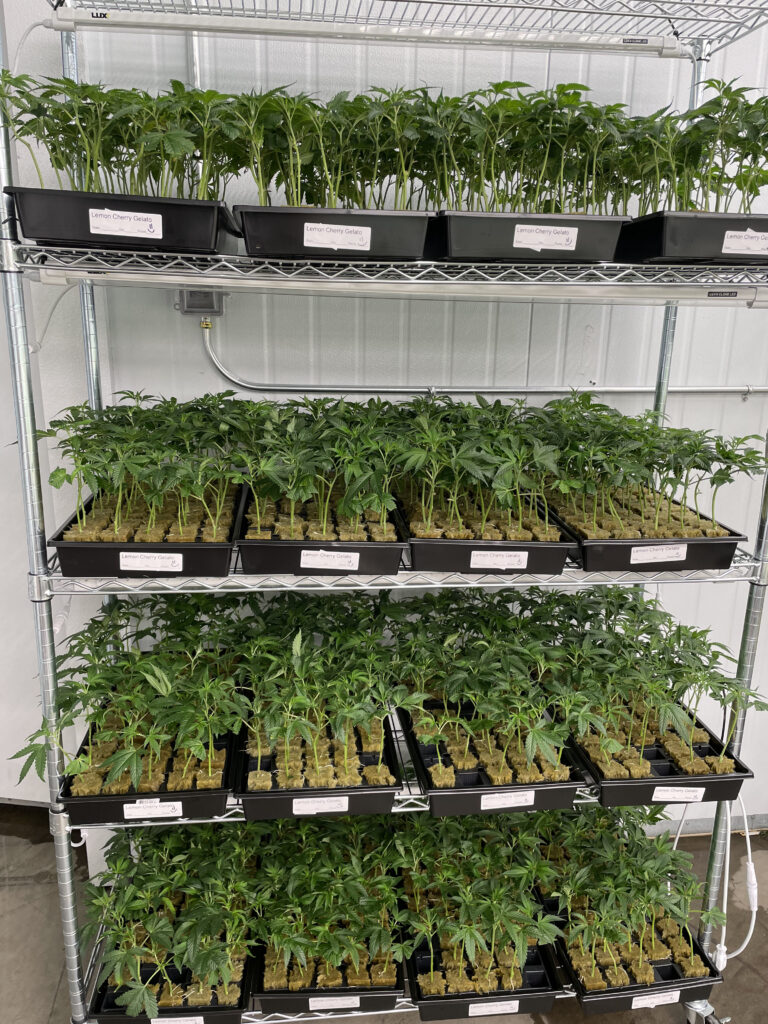Growing cannabis can be one of the most rewarding ventures for cultivators, but it’s also a business where small mistakes can turn into big losses. Whether you’re a commercial nursery operator or a home grower, avoiding common pitfalls is key to protecting your investment and maximizing yields. At Clone2U, we’ve seen first-hand how growers struggle with the same recurring issues—and we’re here to help you avoid them.
Below are the three most common mistakes cannabis growers make that end up costing them serious money.

Mistake #1: Harvesting Too Late
Timing is everything in cannabis cultivation. Many growers delay harvest, thinking it will boost potency or yield. In reality, waiting too long can cause cannabinoid degradation, reduced terpene expression, and even mold risks.
Why it costs you money:
- Lower market value due to diminished flavor and potency.
- Increased risk of crop loss from mold or mildew in late flowering.
- Lost opportunity cost—you could have reset your room and started your next cycle earlier.
Pro tip: Use magnification tools like a jeweler’s loupe or microscope to check trichome color and maturity. Harvest when they’re mostly cloudy with some amber, not after they’ve all darkened.

Mistake #2: Allowing Pests and Pathogens to Spread
Cannabis is highly susceptible to pests like spider mites, thrips, and fungus gnats, along with pathogens such as Hop Latent Viroid (HLVd), powdery mildew, and root rot. Many growers underestimate how fast these problems spread and how much they cost to treat.
Why it costs you money:
- Increased expenses for sprays, biological controls, or crop loss.
- Reduced vigor and yield from infected plants.
- Potential brand reputation damage if contaminated clones are shared or sold.
Pro tip: Start with clean, certified clones from trusted nurseries like Clone2U. Implement a strict IPM (Integrated Pest Management) plan with regular scouting, sticky traps, and sanitation protocols.

Mistake #3: Underestimating Costs
New growers often calculate expenses based only on lights, nutrients, and rent. But the true cost of running a successful cannabis grow includes labor, compliance, IPM, HVAC, irrigation, and ongoing clone replacement.
Why it costs you money:
- Hidden expenses eat into margins and delay profitability.
- Without proper budgeting, many growers struggle to cash flow, even with good harvests.
- Lack of financial forecasting makes it hard to scale or reinvest strategically.
–Build a detailed cost analysis before you plant. Track every expense—down to replacement filters and IPM products. Knowing your true cost per pound or per clone helps you make smarter business decisions.
The cannabis industry is competitive, and profit margins are tighter than most people realize. By avoiding these three common mistakes—harvesting too late, letting pests/pathogens spread, and underestimating costs—you can protect your investment, improve your yield quality, and actually put more money in your pocket.
At Clone2U, we provide clean, pathogen-free clones delivered to your door, so you can start strong and avoid costly setbacks.
👉 Visit www.clone2u.com today to order clones and learn more about our grower education resources.
FAQs About Cannabis Growing Mistakes
Q1: How do I know when it’s the right time to harvest my cannabis plants?
A1: The best way is to inspect trichomes under magnification. Harvest when most trichomes are cloudy with some turning amber for peak potency and terpene preservation.
Q2: What’s the biggest mistake when it comes to pest control?
A2: Waiting until you see visible infestations. By then, pests have already spread. Regular monitoring and preventive measures are essential.
Q3: How can I prevent Hop Latent Viroid (HLVd) from ruining my crop?
A3: Start with tested, clean clones from trusted nurseries. Disinfect tools, wear gloves, and avoid sharing cuts from unverified sources.
Q4: Why do so many cannabis businesses fail financially?
A4: Most underestimate true costs. Beyond nutrients and electricity, compliance, IPM, and labor quickly add up. Without precise budgeting, cash flow issues sink many operations.
Q5: What’s the most cost-effective way to start a grow?